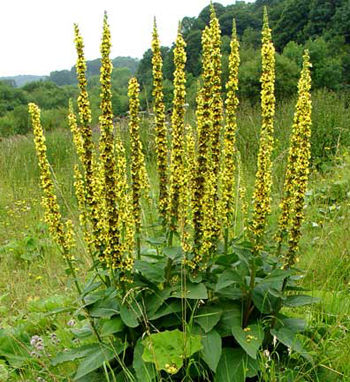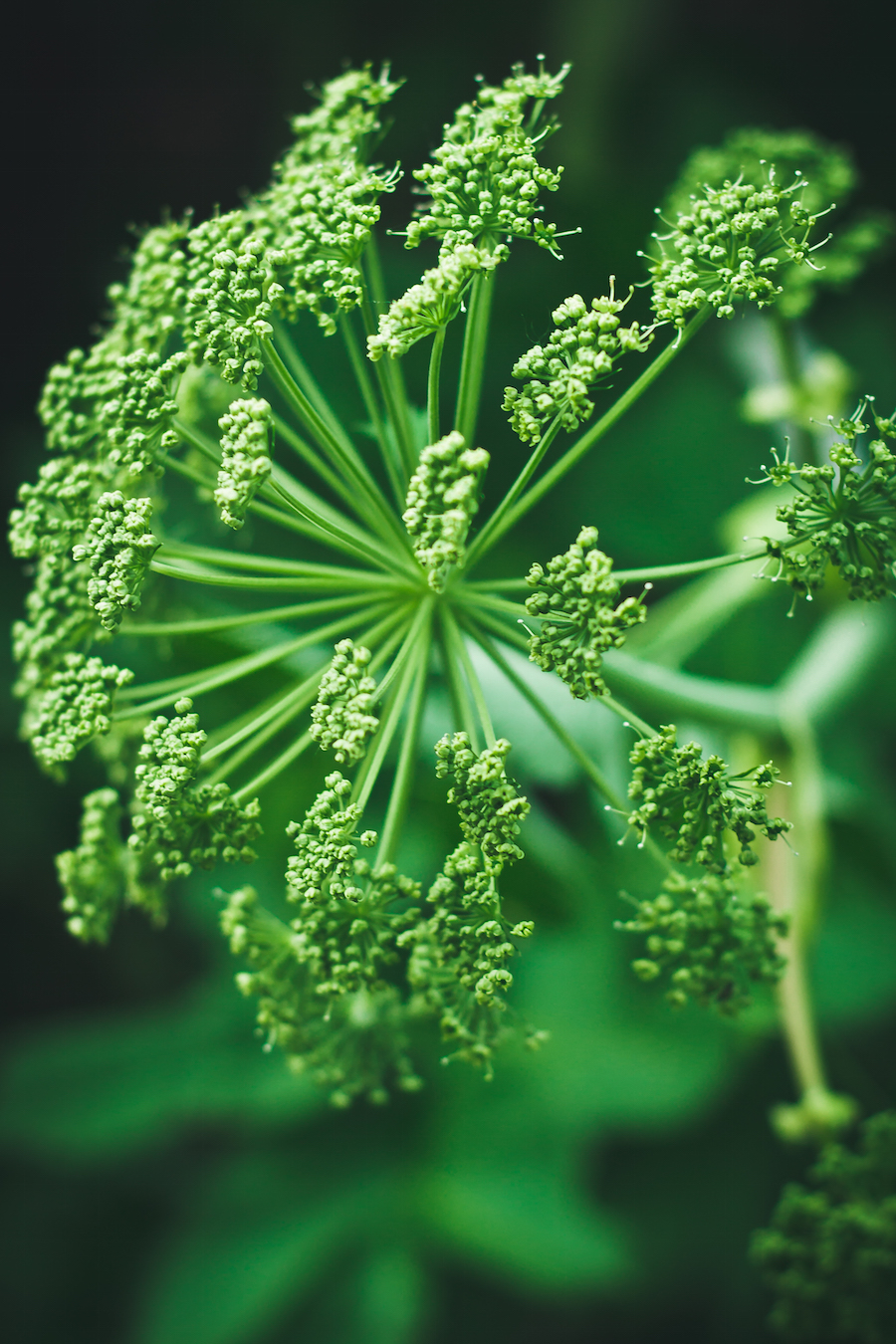Monograph: Agrimony
- Andree Noye
- Aug 9
- 4 min read
Updated: Aug 11
Astringent bitter tonic for lax mucosa, digestive tone, and gentle vulnerary support

Key Therapeutic Categories
Systems: Digestive, Oral-Mucosal, Skin, Urinary
Indications: Mild diarrhea, sore throat, chronic wounds, urinary dribbling, lax mucosal atony, mild hepatic sluggishness
Primary Attributes
Actions: Astringent, bitter tonic, anti-inflammatory, hepatoprotective, vulnerary, mild diuretic (Hoffmann, 2003; Winston & Maimes, 2007; Paluch et al., 2020)
Energetics: Cooling, drying, stabilizing (Herbal Academy, 2023)
Tastes: Medium astringent, bitter, lightly aromatic (Chevallier, 2016)
Methods: Infusion, decoction, tincture, topical compress or wash
Uses
Astringent tonic: Tones and tightens lax tissues, useful for mild watery diarrhea and relaxed mucosa (Hoffmann, 2003; EMA, 2015).
Oropharyngeal rinse: Reduces mild inflammation in the mouth and throat, supports recovery from irritation due to infection or overuse (ESCOP, 2019).
Vulnerary wash: Traditionally applied as a wash for small, chronic, superficial skin lesions (Grieve, 1984/1931; Winston & Maimes, 2007).
Hepatic support (mild): Bitter tonic qualities support sluggish digestion and gentle liver stimulation (Hoffmann, 2003; Paluch et al., 2020).
Urinary support: Historically used to reduce leakage and dribbling by toning urinary tract tissues (Herbal Academy, 2023).
Botanical & Cultural Context
Latin Name: Agrimonia gryposepala Bunge
Family: Rosaceae
Other Names: Tall hairy agrimony, roadside agrimony, hooked agrimony
Parts Used: Flowering tops (herb)
Native Region: Native to North America, widespread across southern Canada and most of the United States except the far West and Southeast (USDA, 2023)
Description: Perennial herb with erect, softly hairy stems up to 1.5 m tall. Pinnate leaves with toothed margins and smaller leaflets interspersed between the main ones. Bright yellow, five-petaled flowers grow in slender racemes from mid- to late summer. Fruits are burr-like with hooked bristles, aiding animal dispersal (Flora of North America, 2024).
Sustainability / Ethical Harvesting
Agrimonia gryposepala is common and not listed as at-risk in North America (United Plant Savers, 2023). As a native species, wild harvesting should prioritize maintaining healthy stands: harvest after peak bloom but before seed dispersal if collecting for both medicine and conservation. Leave at least 50% of flowering tops to ensure regeneration and wildlife forage (Herbal Academy, 2023).

Constituents & Pharmacology
Tannins: Significant levels (5–11%), predominantly hydrolyzable and condensed tannins including agrimoniin, which contributes to astringency and antimicrobial activity (Granica et al., 2015; Paluch et al., 2020).
Flavonoids: Quercetin, luteolin, apigenin, kaempferol glycosides with antioxidant properties (Granica et al., 2015).
Triterpenes & Phenolic acids: Includes ursolic and tormentic acids, as well as chlorogenic and caffeic acids (Paluch et al., 2020; Hoffmann, 2003).
Volatile oils: Present in trace amounts, lending a mild aromatic quality (Herbal Academy, 2023).
Preclinical research suggests antioxidant, antimicrobial, anti-inflammatory, and mild hepatoprotective actions (Paluch et al., 2020; Santos et al., 2017).
Historical Uses
While A. eupatoria is the official European species, A. gryposepala filled a parallel role in Indigenous and settler medicine in North America. Indigenous records include use as a wash for sore throats and skin eruptions, a tea for diarrhea and fevers, and a tonic for general weakness (Moerman, 2003). Early North American herbalists described it as an “agreeable, slightly bitter astringent” suitable for “relaxed conditions of the throat, bowels, and urinary passages” (King, 1898).
Cultivation & Harvesting
Prefers full sun to partial shade and well-drained soils. Tolerates disturbed habitats including roadsides and field edges. Harvest the aerial parts when the flowers are in full bloom and before seed burrs harden. Dry promptly in a shaded, airy space to preserve tannins and flavonoids (Hoffmann, 2003; Herbal Academy, 2023).
Medicinal Uses / Clinical Studies
North American clinical literature is sparse compared to A. eupatoria, but pharmacological similarities suggest equivalent uses (Paluch et al., 2020). EMA and ESCOP data on A. eupatoria can reasonably inform A. gryposepala applications, especially for mild diarrhea, oral-mucosal inflammation, and superficial wounds. Animal studies have indicated hepatoprotective and anti-inflammatory activity, but human trials remain limited (Santos et al., 2017).
Preparation & Dosage
Infusion: 2–4 g dried herb per 250 ml boiling water, steep 10–15 minutes, up to 3× daily (EMA, 2015 adapted for A. gryposepala)
Tincture (1:5, 40–50% ethanol): 2–4 ml up to 3× daily (Hoffmann, 2003)
Topical wash/compress: 3–10 g dried herb decocted in 250 ml water; apply warm or cooled 1–2× daily (Herbal Academy, 2023)
Safety & Contraindications
Generally regarded as safe when used appropriately. Avoid in pregnancy and lactation due to lack of data. High tannin content may interfere with absorption of minerals or medications; separate by 2–3 hours (EMA, 2015; Hoffmann, 2003). Large or prolonged doses may contribute to constipation. Possible allergy in those sensitive to Rosaceae family plants.
Species Highlights
Agrimonia gryposepala: Native to North America, comparable in action to A. eupatoria but with deeper bioregional relevance in Eastern Canada.
Agrimonia eupatoria: The standard European pharmacopoeial species, with a well-established evidence base.
Agrimonia parviflora and others: Regionally used but less documented clinically.

References
Chevallier, A. (2016). Encyclopedia of herbal medicine (3rd ed.). Dorling Kindersley.
EMA. (2015). European Union herbal monograph on Agrimonia eupatoria L., herba (EMA/HMPC/680597/2013). European Medicines Agency.
ESCOP. (2019). Agrimoniae herba (Agrimony) monograph. European Scientific Cooperative on Phytotherapy.
Granica, S., Czerwińska, M. E., Piwowarski, J. P., Ziaja, M., & Kiss, A. K. (2015). The phytochemical investigation of Agrimonia eupatoria L. and Agrimonia procera Wallr. as valid sources of Agrimoniae herba. Journal of Pharmaceutical and Biomedical Analysis, 114, 272–279.
Grieve, M. (1984). A modern herbal. Dover. (Original work published 1931)
Herbal Academy. (2023). Herbarium: Agrimony.
Hoffmann, D. (2003). Medical herbalism: The science and practice of herbal medicine. Healing Arts Press.
King, J. (1898). The American dispensatory (18th ed.). Ohio Valley Co.
Moerman, D. (2003). Native American ethnobotany. Timber Press.
Paluch, Z., et al. (2020). Therapeutic effects of Agrimonia eupatoria L. Acta Facultatis Medicae Naissensis, 37(4), 274–286.
Santos, T. N., et al. (2017). Antioxidant, anti-inflammatory, and analgesic activities of agrimony (Agrimonia eupatoria L.). Evidence-Based Complementary and Alternative Medicine, 2017, Article 8309894.
United Plant Savers. (2023). At-risk and to-watch list of medicinal plants.
USDA. (2023). Agrimonia gryposepala profile. United States Department of Agriculture PLANTS Database.



